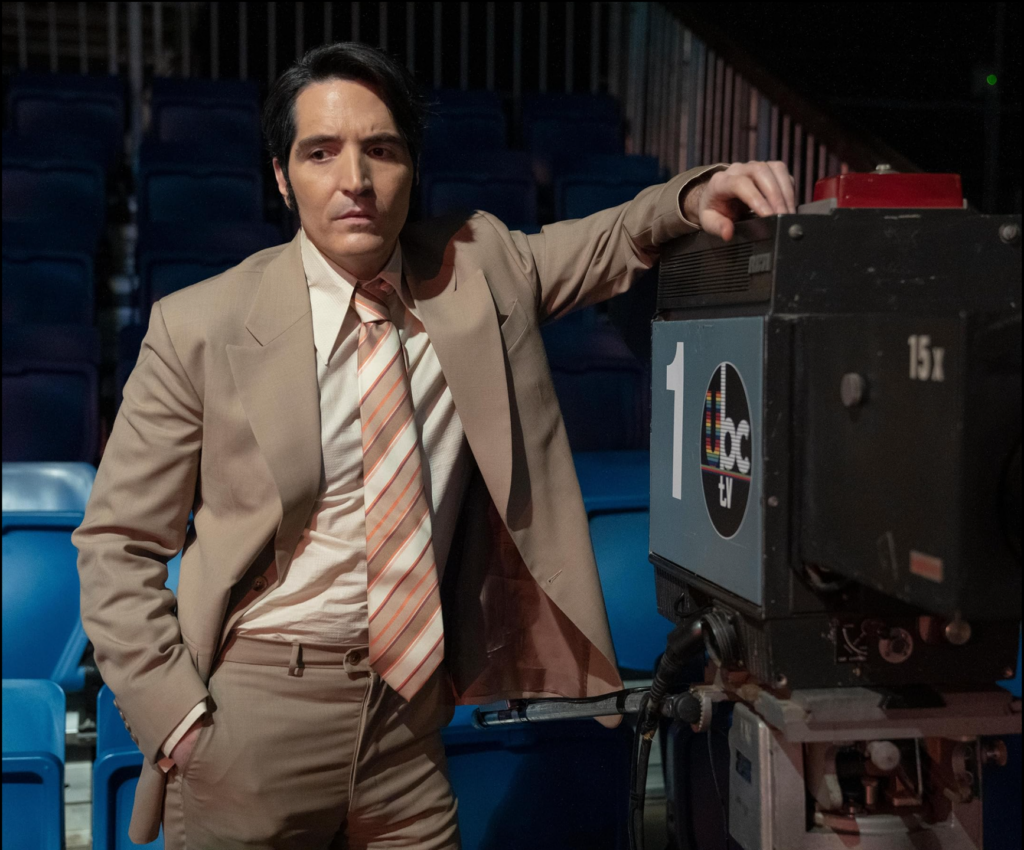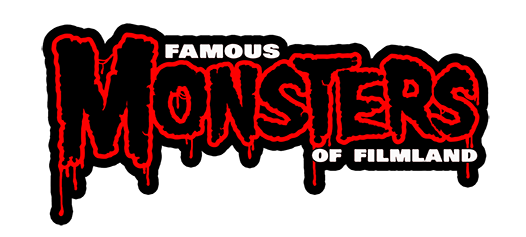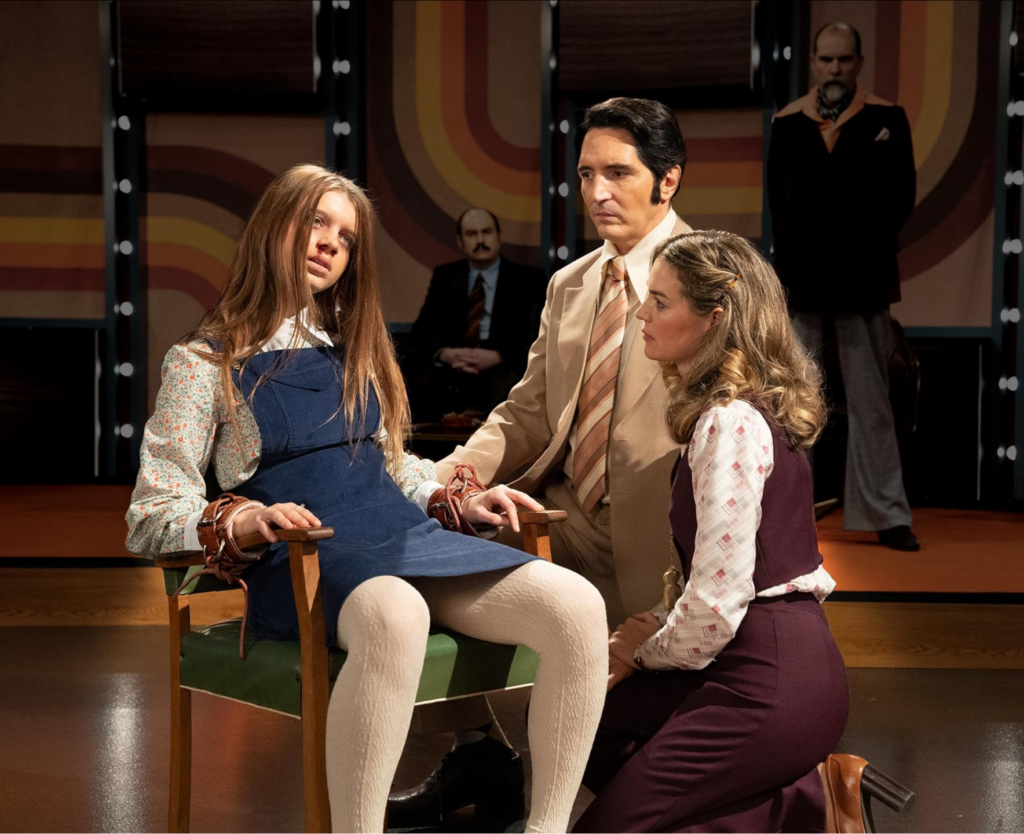From the moment Late Night with the Devil debuted at the 2023 SXSW Festival, whispers of its ingenious, genre-bending approach to horror began circulating among critics and audiences alike. Now, it’s clear those whispers were well deserved. Directed by Cameron and Colin Cairnes, this supernatural horror film isn’t just another possession story—it’s an audacious, unsettling exploration of ambition, the occult, and the limits of live television.
With its ingenious mix of found footage and period-accurate late-night TV aesthetics, coupled with one of David Dastmalchian’s most masterful performances to date, Late Night with the Devil positions itself as one of 2024s standout films in the horror genre.
Late Night with the Devil: A Unique Take on Found Footage
Horror enthusiasts often roll their eyes at the term “found footage.” But the Cairnes brothers breathe new life into the format by masterfully integrating the concept into a beautifully nostalgic 1970s television setting. Framed as a “lost tape event,” the movie revisits Halloween night in 1977, chronicling a live broadcast gone horrifically wrong.
Most found footage films rely on shaky cameras and overused tropes to convey realism. However, “Late Night with the Devil” tells its story through a combination of staged late-night television segments, behind-the-scenes studio footage, and grainy 1970s aesthetics. The result is immersive and genuinely terrifying. The clever decision to have two visual styles—high-contrast black-and-white backstage footage alongside the artificially lit color of live TV—grounds the film firmly in its period, amplifying its tension and authenticity.
David Dastmalchian Is Mesmerizing

At the film’s dark heart lies David Dastmalchian, who delivers a tour de force performance as Jack Delroy, the desperate and charismatic host of Night Owls with Jack Delroy. Known for his range of quirky roles (The Suicide Squad, Oppenheimer), Dastmalchian has found a character that allows him to channel charm, ambition, and a hint of madness all at once.
Jack Delroy is no ordinary late-night host. Haunted by the death of his wife and struggling with declining ratings, Delroy’s desperation drives him to orchestrate a Halloween special like no other—a spectacle full of occult-themed guests, including a self-proclaimed psychic, a skeptic magician, and a young girl allegedly possessed by a demon. Dastmalchian’s portrayal of Delroy walks the delicate line between sympathy and disdain. He’s ambitious yet remorseful, calculating yet vulnerable—a multi-faceted character we can’t take our eyes off of.
Indeed, Dastmalchian nails the vintage late-night host archetype while also injecting his own unique energy into Jack. His ability to convey fear, guilt, and resolve in the film’s chaotic crescendo is nothing short of extraordinary.
Possession Horror, Reimagined
The possession horror subgenre is prone to repetition, but “Late Night with the Devil” disrupts that monotony by flipping familiar tropes on their heads. Lily, the possessed young girl played with eerie brilliance by Ingrid Torelli, is not just a victim—it’s the demon’s hauntingly casual control over her that amplifies the film’s unease.
The horror unfolds primarily on live television, where scripted attempts to explore parapsychology spiral into raw, unscripted chaos. When Lily’s possession escalates into a devastating finale, the film leaves audiences in stunned silence. The Cairnes brothers double down on the tension by blurring the line between spectacle and reality—what’s staged for ratings quickly devolves into true terror.
Even as the film pays homage to classics like The Exorcist and Ghostwatch, it manages to carve out its own distinct identity. The script’s sharp pacing and refusal to spoon-feed explanations keep viewers engaged and unsettled.
A Hauntingly Authentic Period Piece
The film’s remarkable attention to detail is a key factor in its success. Every frame oozes 1970s authenticity, from the aesthetic choices in costume and set design to the grainy, haunted nostalgia of the television studio itself.
Much of the film’s mood also owes itself to its unconventional cinematography. Cinematographer Matthew Temple captures the spirit of 1970s TV with plain studio lighting yet masterfully transitions to unsettling monochrome moods in the behind-the-scenes segments. The switching aspect ratios, a 4:3 format for “broadcast” segments, and cinematic widescreen for backstage moments immerse the audience into this cursed program’s unraveling.
A chilling score from Glenn Richards and Roscoe James Irwin bolsters the visuals. The soundtrack’s eerie mix of period-accurate jazz with warped, unsettling undertones gives the entire movie a purposefully unbalanced feel.
Horror with Depth and Satire
Beyond its scares, “Late Night with the Devil” offers insightful satire on exploitation, fame, and how mass media weaponizes fear. Jack Delroy isn’t just a man grappling with the literal devil; he’s also facing the figurative devils of ambition and guilt.
By setting the story against the backdrop of America’s fascination with Satanism and the occult in the ‘70s, the Cairnes brothers inject their narrative with cultural relevance. The post-Vietnam War era swung between skepticism and blind obsession—two themes the film critiques with gusto. It’s smart, cynical, devilishly funny, and horrifying all at once.
Why Horror Fans Will Treasure This Film
“Late Night with the Devil” is not just another horror movie—it’s an event. It delivers unpredictable scares while respecting (and innovating upon) the genre’s roots. David Dastmalchian anchors the narrative with award-worthy gravitas, transforming what could have been a simple gimmick into a meaningful exploration of morality, ambition, and the consequences of living with curses—both literal and metaphorical.
If you’re a fan of elevated genre storytelling like Hereditary or the creative meta-horror of Host, don’t miss this. The film balances camp, dread, nostalgia, and poignancy all the way to the unforgettable closing moments.
Final Thoughts
“Late Night with the Devil” is found-footage horror done right, with a gripping performance at its center and a creative team unafraid to push genre boundaries. It’s not just a movie—it’s a deeply immersive experience that lingers long after the credits roll.
If this is a sign of what’s coming from Cameron and Colin Cairnes, horror fans have much to be excited about.


